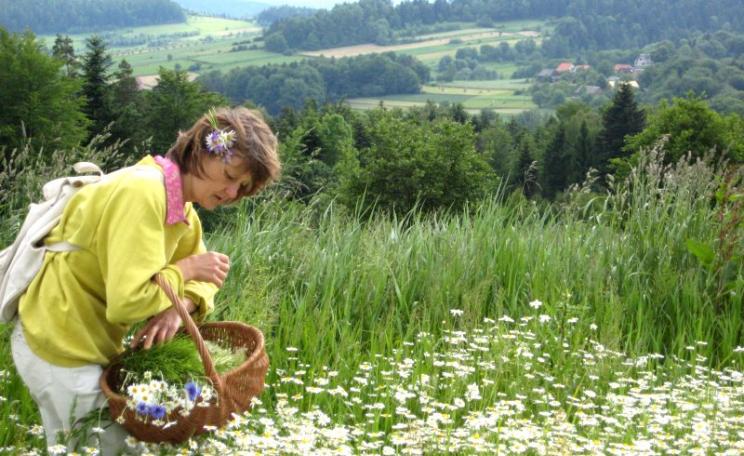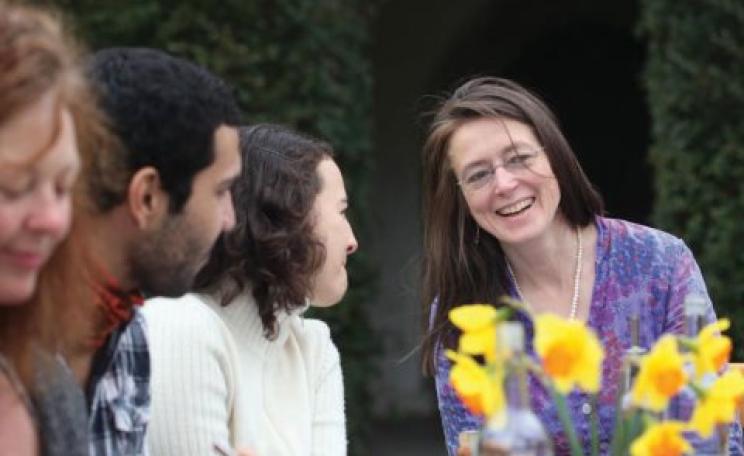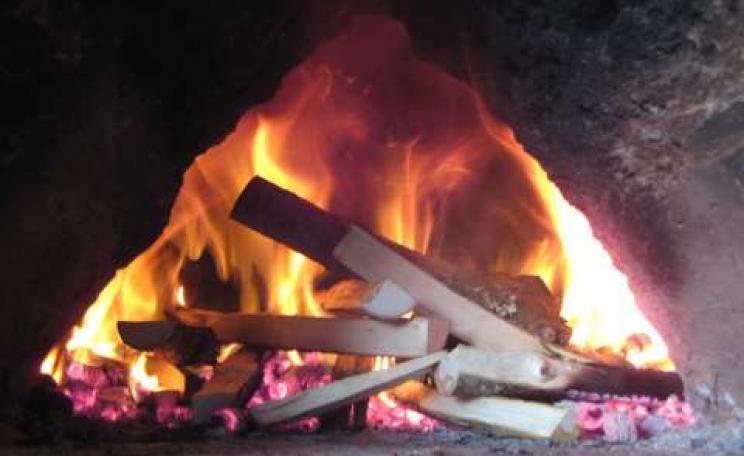You can bring food, cooking and growing into all areas of teaching
Growing food in schools looks set to become part of the curriculum starting from September 2014, furthering the positive impacts of those very successful initiatives already working to promote gardening and ‘grow your own’ schemes in schools nationwide.
You can bring food, cooking and growing into all areas of teaching
There are currently 4,500 schools enrolled on the Food for Life Partnership plan (FFLP) and figures show that twice as many schools received an outstanding OFSTED rating after working with the Food for Life partnership. In addition, the uptake of free school meals in FFLP schools has risen by an average of 13%.
The School Food Plan, which has the support of the Secretary of State for Education aims to significantly increase the number of children eating good food in schools, and has been awarded £16.1m by the Government.
Libby Grundy, Director of Food For Life, says: "Instead of seeing growing and gardening as something peripheral, the School Food Plan recognises that all areas of the curriculum can be taught in relation to food whether it's history, science, or geography. You can bring food and cooking and growing into all areas of teaching".
The Royal Horticultural Society (RHS) has also been promoting green-fingered education and since the 2007 launch of its Campaign for School Gardening has involved 17,250 schools in the UK.
Giving children the opportunity to grow, harvest and eat their own food has now been shown to improve academic results and life skills, as well as improving health and wellbeing. And advocates of learning outside the classroom believe it also allows children to discover a love for, and ensuing curiosity about, Nature.
To read the full version of this article, in which Camilla Scaramanga explores the relationship children have with food and the environment click here.
Camilla Scaramanag is a freelance journalist and has worked as a teacher in schools, and as a gardener.
Image courtesy of www.shutterstock.com
| READ MORE... | |
 |
SPECIAL CONTENT How to campaign for better school food All you need to know to get fresher, healthier and greener food into your child's school - from nurseries to primary and secondary schools |
 |
INTERVIEW Jackie Schneider: local authorities must protect children, not catering firms Vocal school food campaigner Jackie Schneider on parent power, the importance of cooking from scratch and why free school meals would be the most cost-effective solution |
 |
SPECIAL CONTENT How to green your school School buildings, food, waste - even the curriculum itself should all support a connection to, and appreciation for, the environment. Here are some resources to get you started |
 |
NEWS ANALYSIS Environmental education is not a choice – it is an explicit priority Emily Buchanan argues that there are certain lessons in life so significant that if we fail to teach them in the classroom we will leave future generations in perilous ignorance. |
 |
SPECIAL CONTENT Earth Restoration: trees in schools Andreas Kornevall tells the Ecologist about the success of his School Tree Nursery Programme.... |






